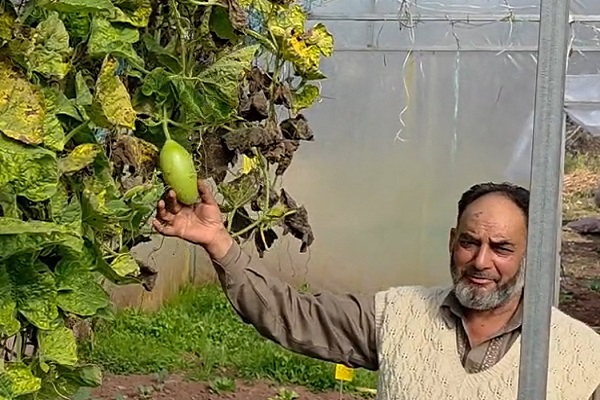Spice Symphony: A Rollercoaster of Flavors in Market Prices Unveiled By Amit Gupta, Kedia Advisory

Embark on a spice-laden journey as 2023 witnessed an aromatic upheaval in prices, from jeera's record-breaking highs to turmeric's sizzling surge. Supply-demand imbalances, export woes, and geopolitical tensions dance together, shaping the spice market's dynamic melody.
Highlights
Spices Prices Surge: In 2023, certain spices, including jeera, fennel, chilli, black pepper, turmeric, and ginger, experienced significant price rallies, reaching record highs.
Jeera's Record High: Jeera prices peaked above ?62,000 per quintal in Unjha, Gujarat, before easing. The decline is attributed to increased production in the 2023-24 rabi season due to higher acreage and favorable weather conditions in Gujarat and Rajasthan.
Supply-Demand Imbalance: Various factors, such as low yields, changing weather patterns, monsoon delays, farmer shifts to other crops, and pest attacks, contributed to a supply-demand imbalance, driving up spice prices.
Exchange-Traded Spice Trends: Jeera prices on NCDEX hit an all-time high but later flattened. Turmeric prices surged over 70% on NCDEX in 2023, reaching a record high of ?16,720 per 100 kg in August.
Export Impact on Jeera: Jeera prices are affected by a 31% decrease in exports in the first half of FY 2023-24, making Indian jeera less competitive compared to cumin from Syria and Turkey.
Turmeric Price Surge: Turmeric prices increased over 70% on NCDEX in 2023 due to delayed sowing, erratic monsoon, and concerns over yield. Lower acreage in major turmeric-growing states further contributed to the price rise
Coriander Market Dynamics: Coriander prices rebounded after yearly losses in 2023, driven by strong export demand and concerns over lower acreage in the rabi season.
Impact of Geopolitical Tensions: Ongoing tensions in the Red Sea are anticipated to impact the spices market, potentially causing supply chain disruptions and increased costs.
Expectations for 2024: The market outlook for spices in 2024 is influenced by the upcoming harvest season, climatic conditions, and both domestic and export demand for spices.
Significant Acreage Changes: Acreage changes in key spice-growing states, such as the substantial increase in jeera sowing in Gujarat and Rajasthan, and the lower acreage for turmeric and coriander, are crucial factors affecting market dynamics.
Export Performance: Export figures indicate a substantial increase in coriander exports and stable turmeric exports during specific periods, impacting overall market dynamics.
Weather Sensitivity: The volatility in spice prices is attributed to the weather sensitivity of spice crops, emphasizing the importance of optimal climatic conditions for their cultivation.
Spices Harvest Season Impact: The imminent harvest season for spices such as jeera, coriander, turmeric, garlic, and ginger is expected to bring fluctuations in prices, influenced by climatic conditions and market demand.
Above views are of the author and not of the website kindly read disclaimer
























